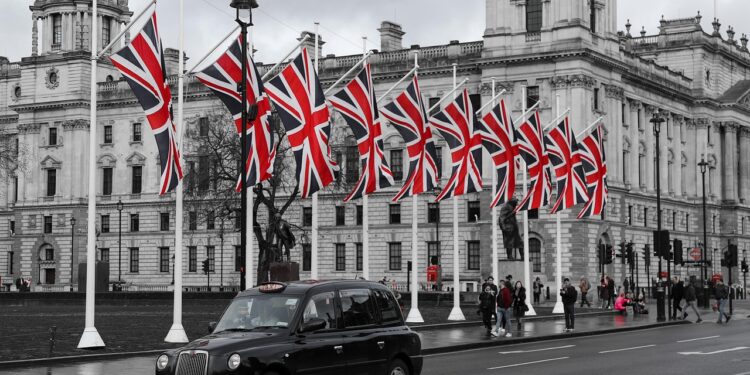The latest forecast from the budget office has created a fresh blow for the UK economy, and this sense of a sharper slowdown in 2026 now sits at the centre of public debate. The warning from the fiscal body paints a picture of a country that may grow, but not at the speed many expected earlier in the year. This new outlook shows how fragile the recovery still is, and why ordinary people may feel the pressure long after the headline numbers fade.
Lower Growth Than Promised
The updated figures show that the economy is now expected to expand by only 1.4% next year. This is a cut from earlier predictions that had painted a more hopeful future. Months ago, officials believed that 2026 would bring stronger momentum, but this new number tells a different story. Expectations from the spring were clearly more optimistic than what the data now supports.

This type of revision matters because the public was told a different story only months back. When growth expectations fall, confidence also drops. Investors watch these signals closely, and so do families waiting to see if jobs and wages will improve.
Earlier Outlook vs Today’s Reality
In March, the forecast for the same year was 1.9%, which now looks very distant. A fall of this size shows that the earlier hope for a stronger recovery was not rooted in stable conditions. Inflation, weak productivity, and global uncertainty continue to weigh down the economy. Even though things may improve slowly, the pace is not fast enough to reassure the country.
The pattern is clear: strong expectations at the start of the year, followed by a major correction once the numbers were reviewed again. This gap between political messaging and economic reality is one of the key reasons why the public feels frustrated.
The Coming Years Offer Only Mild Relief
The new outlook also stretches into the future, showing growth of 1.5% from 2027 all the way to 2030. These numbers are steady but not exciting. They show a country stuck in slow progress, unable to break through the barriers that have held it down for more than a decade.
Earlier predictions for those years were stronger, showing how sentiment has weakened. The budget office once expected up to 1.8% growth in some of those years, but those days are gone. Now the figures look flatter, calmer, and far less hopeful.
A Small Upgrade Before the Drop
Interestingly, the forecast for 2025 has been lifted from 1.0% to 1.5%. On the surface, that looks like good news. But it is a small comfort when the year after faces a downturn in expectations. It is the same cycle the UK has been stuck in for too long: one small improvement followed by a bigger setback.
The upgrade for 2025 does not hide the fact that structural problems remain. Inflation still hurts households, public debt is high, and productivity growth is stubbornly low. These issues will not disappear just because one year received a slight boost.
Why This Matters for Everyday Life
When people hear about economic forecasts, they often wonder how it affects them directly. A lower growth rate usually means slower wage rises, fewer job openings, and more pressure on public services. Government spending decisions become harder because low growth limits how much money can circulate in the system.
This new report will also affect the budget statement. The finance minister will now have to balance promises with the harsh truth that the economy is weaker than earlier expected. The political impact will be heavy because voters will want to know why the country keeps falling behind.
The Bigger Issue Behind the Numbers
Beyond the raw figures, this forecast exposes a deeper problem: Britain is struggling to rebuild momentum. Other countries that faced similar shocks have recovered faster, while the UK keeps slipping into gentle but painful slowdown. Without strong policy changes, this pattern could repeat for many years.
The budget office is not trying to create fear, it is doing its job by showing the real situation. But the message is still tough: the economy is not growing fast enough, and the next decade may feel the effect.
Bottom Line
This fresh warning from the budget office reinforces the sense that the country is heading into a slower period, and this setback for 2026 will shape political and economic decisions for months. The picture is clear: progress will come, but at a pace that leaves many questions about the nation’s long-term direction. As the government prepares its budget, this outlook will stand as a reminder that the road to recovery is far from smooth.

















